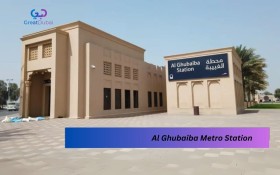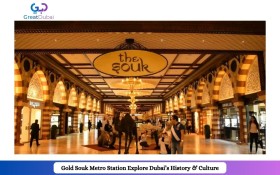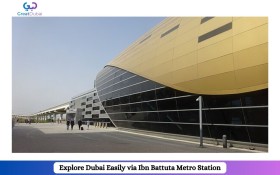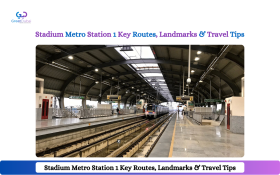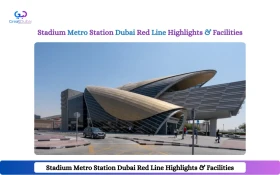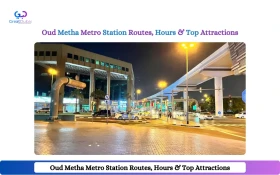The Difference between Car Body Styles
The process of purchasing a car can be taxing, especially if it's your first time. Every individual has very particular demands. There are many things to think about, including cost, family size, fuel type, and mileage. When buying a used car, one may also consider the car's age, previous owners, and mileage.
The difference between car bodies is one significant aspect that influences this choice. It appears to be a rather straightforward factor for a buyer on paper. For instance, a large car is required if it is for a family of more than five people. A smaller sized car can be necessary for a car that travels from home to workplace and back five times per week in city traffic. The Indian consumer wants to fill a number of these requirement gaps by purchasing a body type that matches him. Getting more precise reveals, however, that there are a number of acronym-driven, perplexing features of body kinds.
What exactly separates an MUV from an SUV, for instance? Do MPVs (Multi-Purpose Vehicles) and MUVs (Multi Utility Vehicles) differ in any way? A compact sports utility vehicle is what? These are the kinds of inquiries that can make a buyer put off making a purchase. We attempt to briefly explain variouscar body shapes in this post the topic of car body styles is extensive, and different countries use different names for them. The names are chosen based on the designs' functionality, usefulness, and degree of modification. The names used in India are the main topic of discussion in this article.
These are a few of the significant car body types.
Hatchback
Sedan
MUV
Coupe
Convertible
Wagon
Van
Jeep
Hatchback
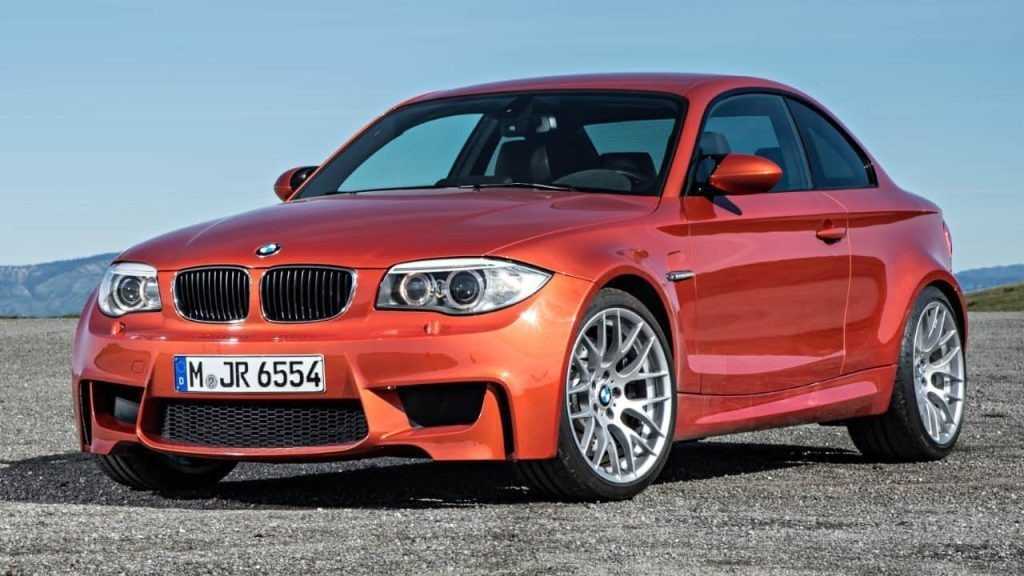
Hatchback refers to small vehicles having four doors and a boot (dickey) door. Typically, these are built with enough for 4 passengers to sit comfortably and a small boot to store one or two suitcases. Depending on the design, hatchbacks come in different sizes. It could be extremely small or bigger. While the design is the identical, the inside space and luggage capacity differ. Manufacturers always make an effort to expand their product line. For instance, the new Hyundai Grand i10's cargo difference is larger than that of the i10 from the model's debut. Hatchbacks are typically quite practical for city driving because they are great in congested areas, make parking simple, and offer respectable gas mileage.
Maruti Suzuki 800, Alto, Hyundai i10, i20, Fiat Grande Punta, Tata Indica, Indica Vista, and other models are some examples of hatchbacks. Even the Tata Nano and Mahindra Riva electric fall under the hatchback category.
Sedan
Cars built for five passengers to sit comfortably include sedans. Sedans have larger trunk space that can be used to transport more luggages. Larger overall proportions, including as length, breadth, height, and wheel base, are among the sedan's attributes. The current hatchback automobile style is frequently employed as a sedan with an enlarged trunk.
There are several different alternatives available within the sedan class itself, primarily based on measurements. Larger automobiles would necessitate higher tax rates, which would raise overall cost as well. The price of an automobile is significantly influenced by manufacturing costs, local road taxes, etc.
Indigo eCS, Indigo Manza, Swift Dzire, Mahindra Verito, Ford Fiesta, Hyundai Verna, Renault Scala, Honda Amaze, City, Civic, Accord, Chevy Sail, Cruze, Skoda Rapid, Laura, VW Jetta, Passat, and other kinds of sedans are a few instances.

MUV
Despite having similar designs, the MUV (Multi Utility Vehicle) and SUV different greatly from one another. MUVs are createdwith utility in mind. Flexible seating arrangements starting at 7, 8, 9, and so forth would be available. The body, which includes a chassis frame, can accommodate a lot of luggage. In general, MUVs and SUVs offer less comfort and fewer features. The Mahindra Bolero, Tata Sumo, or Force Motors T rap would be the best examples of MUVs.
SUVs are vehicles made for usage on all types of cars roadways, from interstates to rural roads. In this kind, emphasis is placed on every aspect, including the use of cutting-edge technology in the engine, gearbox, differential, 4WD option, and interior space. Long-distance driving is made possible by the features of SUVs, which also have strong suspension technology. The key aspect of SUVs is the emphasis placed on drive quality and interior and exterior fit and finish.
Only MUVs are included in this classification, including the Mahindra Bolero, Xylo, and Tata Sumo, Force Trax, and Toyota In nova. The design and adaptability of vehicles like the Tata Safari Storme, Mahindra Scorpio, and XUV 500 place them in the SUV category.
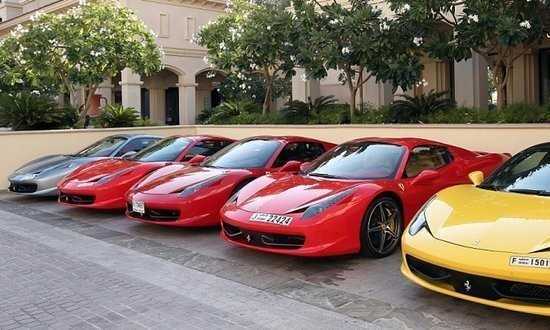
Although they are all categorized as SUVs, cars like the Toyota Fortune, Honda C-RV, Mitsubishi Outlander, Montero, Ford Endeavour, BMW X1 and Audi Q series fall into the higher pricing range.
Coupe
Coupe model style refers tosedan vehicles having only two doors. Although some models include a rear seat, the two doors are a little bit larger, and one can enter by sliding the front seats. In this context, styling, luxury, and image are given priority. The coupe design is primarily employedin European nations, and although it is accessible in India, relatively few individuals choose this style.
Aston Martin V8 Vantage Coupe, Audi RS 5 Coupe, and other examples are coupes.
Convertible
Convertible automobiles can have their roof lines altered or eliminated as desired. Style High-end luxury vehicles frequently include it. Utilizing electromechanical systems, the roof lines are folded gradually. Older cars frequently used leather as a material. Modern automobile shave aluminum roofs that may fold in parts and rest on or in the trunk. With the touch of a button, the roof linings can be folded or drawn back.
Convertibles are used more frequently in colder areas where the average temperature is lower and the air is cleaner.
Only those who enjoy driving nice cars and feeling the wind in their hair will find it to be their preferred alternative.
The most popular style for consumers wishing to modify their vehicles is the convertible, which is another popular vehicle type in India. However, hard top sedans are liked more because the majority of Indian roads are hot.
Mercedes SL Class and Mini Cooper Convertible are two examples of convertible automobiles.
Wagon
An excellent blend of a hatchback and a sedan is found in a wagon. The larger space behind the second row benefits these models. It can be used to either store luggage or add more chairs as needed. The width and height of the vehicle are greater than those of a hatchback.

Maruti Suzuki Wagon R style, Mahindra Quanto, Tata Indigo Marina, vintage versions like the Tata Estate, and other vehicles fall within the wagon category. Even the Maruti Suzuki Ertiga and the Nissan Evalia fall under the wagon group. Size varies, but the categorization is consistent.
Van
Van is the designation given to vehicles whose primary focus is on interior space flexibility. It offers alternatives for varied seat counts, which affects luggage capacity. Eeco and the Maruti Suzuki Omni are the best examples.
The vehicles (especially vans) utilized solely for business purposes and those used for passenger purposes are different.
Tata Ace, Tata Venture, and other examples difference of vehicles used for business purposes.
Jeep
Jeeps are a specific style of vehicle, similar to MUVs, although they can have either a hard top or a soft top. Mahindra Thar, Maruti Suzuki Gypsy, and Mahindra Jeep are currently the most well-known automobiles in UAE.
This kind of vehicle is well-suited style for cross-country travel and taking out for an adventurous drive in the woods since it has a nice balance of usefulness like that of a sports car and expense like that of an MUV.
Conclusion
The article's primary goal is to provide a succinct description of the many automobile body types and the characteristics that set them apart. We encourage viewers to comment on the topic.
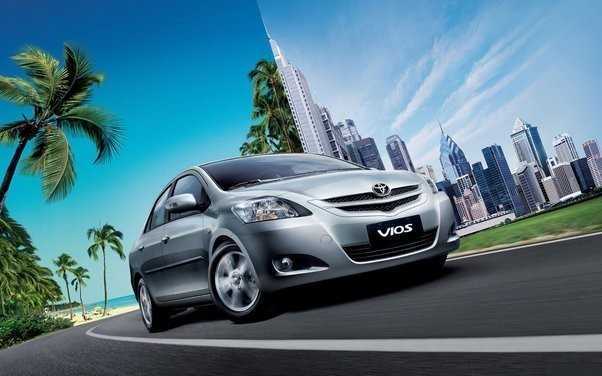

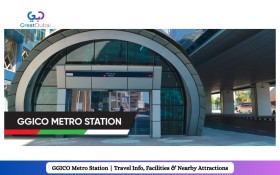
![Top Reasons To Have SEO Plan For Every Dubai Business [2025 Update]](/thumnails/blog/2024/11/1732278589.jpg)
